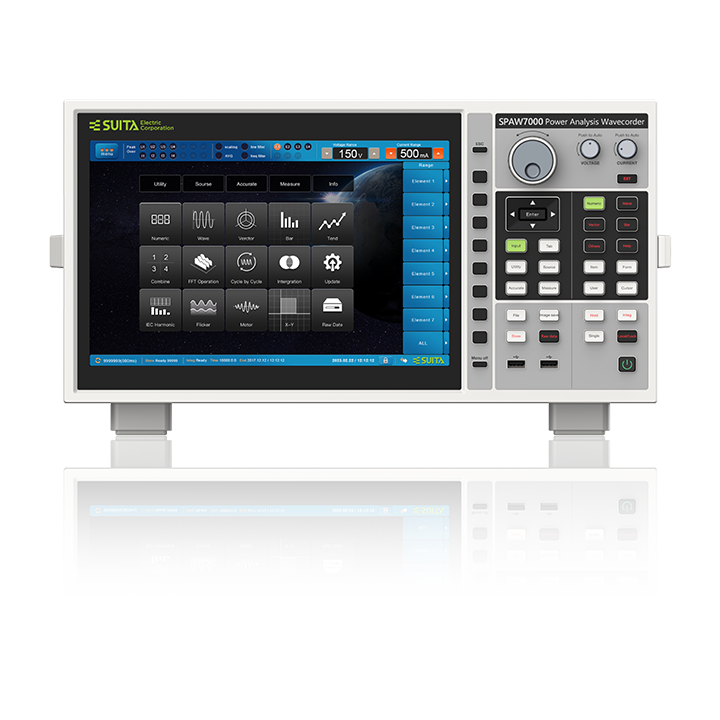
Grid-Connected Photovoltaic Inverter Anti-Islanding Protection Testing
According to section 12.3.3 of the “Technical Regulations for Grid-Connected Photovoltaic Power Stations” (GB/T19964-2012): “Grid-connected photovoltaic power stations shall be equipped with independent anti-islanding protection devices, and their response time should not exceed 2 seconds.” When unplanned islanding events occur, the unknown power supply status can lead to various adverse consequences: 1. Safety concerns for grid operators, maintenance personnel, and end-users; 2. Disruption of normal reclosing operations in the grid; 3. Inability to control voltage and frequency in the islanded portion of the grid, potentially causing damage to distribution and user equipment; 4. Unsynchronized voltage phase during power restoration, leading to inrush currents and potential reclosure issues. Anti-islanding protection testing is a crucial function to be examined during inverter factory tests and type tests, and it is a key component of certifications like CQC and CGC Golden Sun. Inverter manufacturers need to ensure this important function is thoroughly tested at every stage, from product development to type tests to factory testing. With the development of smart grids, distributed power generation, and their widespread adoption, the requirements for anti-islanding protection by utility companies will become increasingly stringent as inadequate anti-islanding protection in inverters will pose risks to the safety of operators and equipment. Hence, anti-islanding testing is an essential part of the acceptance process for photovoltaic power stations.

To conduct anti-islanding protection testing, it is necessary to accurately simulate islanding events and resonance. The core equipment for this testing includes precision electronic loads and an AC power supply capable of simulating grid conditions. These are used in conjunction with a power analyzer to conduct semi-wave analysis of the output frequency signal of the photovoltaic inverter, so as to accurately measure the time it takes for the anti-islanding protection to disconnect from the grid. Additionally, it is crucial to precisely measure the output current of the photovoltaic inverter to capture the moment when the current drops to 1% of the rated value. Our company’s regenerative AC power supply can simulate grid conditions (AC) such as voltage drop, momentary interruptions, and harmonic distortion. It operates in all four quadrants and also functions as a regenerative AC/DC electronic load. Furthermore, our company’s power analyzer offers a high measurement accuracy of up to 0.01% and a sampling rate of 2MS/s. When these two components are combined, it allows for the perfect testing of anti-islanding protection in photovoltaic inverters, preventing any harm caused by islanding events.


